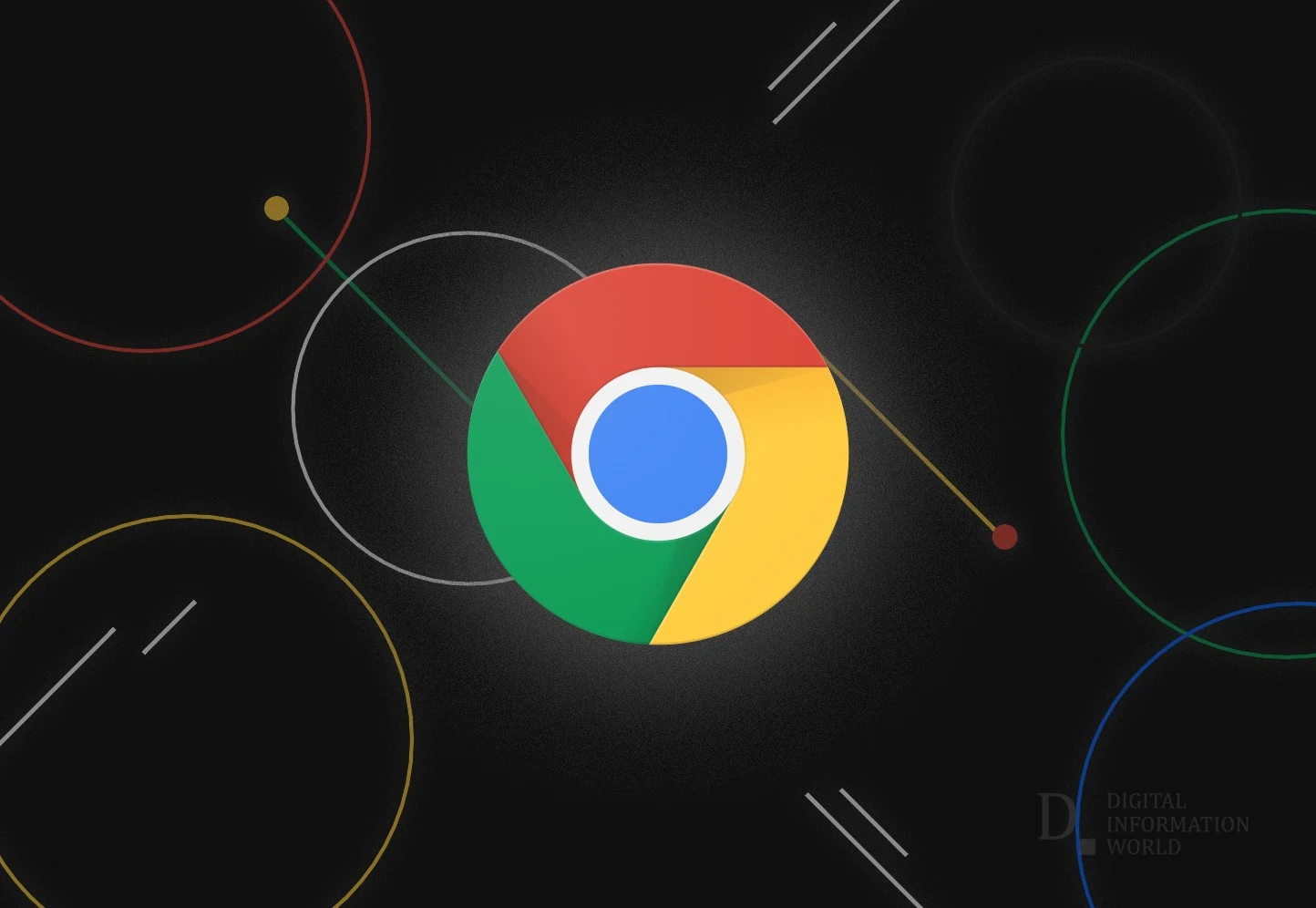Google is reportedly working on a new feature that will allow the Chrome browser to run more efficiently than ever across desktops.
The feature is labelled RawDraw, and currently consists of Chromium and its relevant derivatives changing the way webpages are constructed and presented to users. This simple change is expected to improve the browser's CPU, GPU, and RAM performances. The Chrome browser is the most highly used browser of them all, and therefore calls for a certain level of efficiency. Moreover, improving upon that efficiency is exactly the sort of stuff that makes people stay and not consider the likes of Mozilla Firefox or Safari at the drop of a hat. Calling Google a smart company that knows what they're doing is a very gross understatement, so let's take a closer look at what RawDraw has to offer and how it works.
RawDraw, as per AP, essentially works on the way that webpages are loaded up when entering a new one. Screens, as well are all familiar with, consist of millions of tiny pixels. Chrome's current job is dividing a webpage into multiple square grids and/or tiles of pixels, usually 256 by 256 each, and then divides its computing power amongst each of the different tiles. This way, webpages load pretty fast since Chrome no longer has to waste all of its resources generating every single pixel that a user may or may not interact with. The job's divided amongst the computers, and the work gets done.
However, this still shouldn't be used to downplay the amount of resources needed. Even with the division of labor amongst tiles, each tile requires approximately 10 MB of RAM each, if being presented in Chrome's high definition quality. Now, while 10 MB per tile may not sound like a lot, but considering the number of tiles per tab, combined with all of the multiple tabs an individual usually has kept on ends up leading to a much larger number to deal with.
The solution to this predicament (although calling it as such is a big step, considering the fact that Chrome works just fine otherwise) has to do with workload allotment again. However, this time there is no further division of tiles or the like. What RawDraw does is simply take away the allocation of textures for each tile, therefore reducing the overall load on the GPU by a very huge amount. Texture loading is a big part of what comprises individuals pixels, and GPUs no longer dealing with that frees them up to load everything else much, much quicker.
Having said that, the feature itself is apparently very buggy and often results in loading errors for the browser. The Chromium blog goes into further detail over the developmental process, so checking that out will probably be worth it as well.

Read next: Google Is Adding A New Way For Chrome Users On Android To Zoom Into Important Webpages
The feature is labelled RawDraw, and currently consists of Chromium and its relevant derivatives changing the way webpages are constructed and presented to users. This simple change is expected to improve the browser's CPU, GPU, and RAM performances. The Chrome browser is the most highly used browser of them all, and therefore calls for a certain level of efficiency. Moreover, improving upon that efficiency is exactly the sort of stuff that makes people stay and not consider the likes of Mozilla Firefox or Safari at the drop of a hat. Calling Google a smart company that knows what they're doing is a very gross understatement, so let's take a closer look at what RawDraw has to offer and how it works.
RawDraw, as per AP, essentially works on the way that webpages are loaded up when entering a new one. Screens, as well are all familiar with, consist of millions of tiny pixels. Chrome's current job is dividing a webpage into multiple square grids and/or tiles of pixels, usually 256 by 256 each, and then divides its computing power amongst each of the different tiles. This way, webpages load pretty fast since Chrome no longer has to waste all of its resources generating every single pixel that a user may or may not interact with. The job's divided amongst the computers, and the work gets done.
However, this still shouldn't be used to downplay the amount of resources needed. Even with the division of labor amongst tiles, each tile requires approximately 10 MB of RAM each, if being presented in Chrome's high definition quality. Now, while 10 MB per tile may not sound like a lot, but considering the number of tiles per tab, combined with all of the multiple tabs an individual usually has kept on ends up leading to a much larger number to deal with.
The solution to this predicament (although calling it as such is a big step, considering the fact that Chrome works just fine otherwise) has to do with workload allotment again. However, this time there is no further division of tiles or the like. What RawDraw does is simply take away the allocation of textures for each tile, therefore reducing the overall load on the GPU by a very huge amount. Texture loading is a big part of what comprises individuals pixels, and GPUs no longer dealing with that frees them up to load everything else much, much quicker.
Having said that, the feature itself is apparently very buggy and often results in loading errors for the browser. The Chromium blog goes into further detail over the developmental process, so checking that out will probably be worth it as well.

Read next: Google Is Adding A New Way For Chrome Users On Android To Zoom Into Important Webpages
